The Dreaded Delta Variant
News Based on facts, either observed and verified directly by the reporter, or reported and verified from knowledgeable sources.
What it means for Westchester
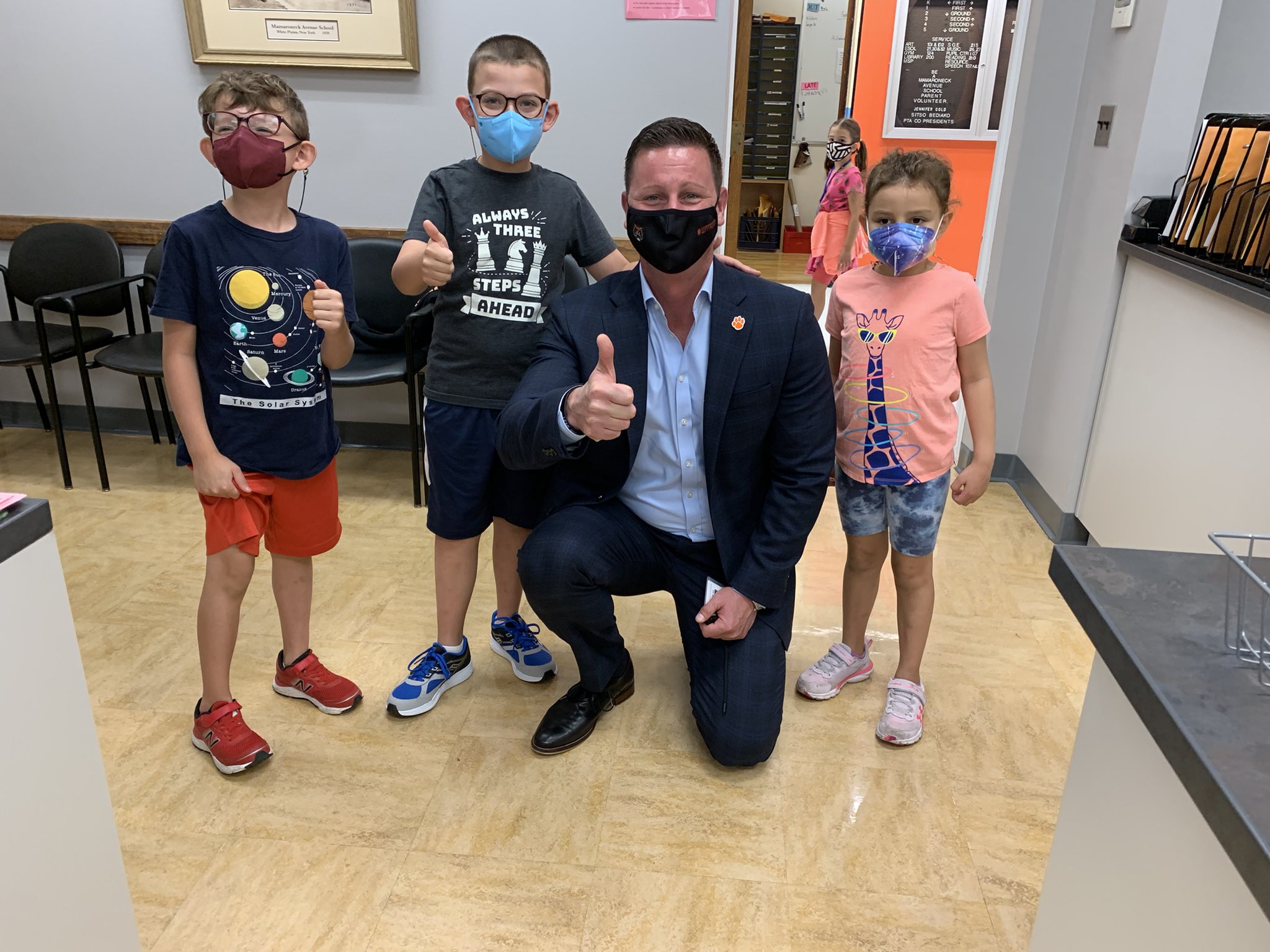
White Plains Superintendent of Schools Joseph Ricca visiting students at Mamaroneck Avenue Elementary School. (Courtesy of Joseph Ricca)
With the Delta variant rapidly spreading during what was fleetingly described as a “summer of freedom,” causing many hospitals’ intensive care units (ICU) to buckle due to large swaths of unvaccinated Americans and breakthrough infections — although rare — to occur, it’s hard to get a clear handle on where the COVID-19 pandemic is going and when it will come to an end.
In Westchester County, active COVID-19 cases rose throughout the summer, with an uptick in cases and hospitalizations in June and July that continued to rise until it fell flat in early September. Now, active cases remain down, a positive sign that the situation is improving in the county.
“The number of hospitalizations and the number of fatalities have been much, much less during this reignition due to the Delta variant, primarily because of the level of vaccination here in Westchester,” County Executive George Latimer said on Sept. 13.
Latimer reported that as of late last week, 87.4 percent of Westchester’s eligible population (defined as 18 years and older) — or about 721,000 county residents — have received at least one dose of one of the vaccines after that figure plateaued at about 80 percent for an extended period. With an estimated 200,000 children in the county under 12 years old and a population of just over one million people, Latimer said that is an outstanding percentage that is helping to limit the spread of the virus compared to the previous waves.
Another positive sign, Latimer said, is that more Westchester residents are getting vaccinated now than compared to the beginning of the summer, which will help fortify the county’s protection against the Delta variant. Despite a recent decrease in active COVID-19 cases, hospitalizations in Westchester are up from their low in June when, before the summer surge, hospitalizations fell to the single digits.
At a Sept. 20 press briefing, Latimer said the county had 74 COVID-19-related hospitalizations in the past week, down from 106 people the week before. In the past week, Westchester saw six fatalities due to COVID-19, following seven COVID-19 deaths the week before.
Westchester County Deputy Executive Ken Jenkins said that 90 to 95 percent of those who are either hospitalized with COVID-19 or die from the infection are unvaccinated. Jenkins implored Westchester residents who are not currently vaccinated to get their first shot.
“The best public health approach is persistence in encouraging vaccination for everyone who is eligible,” Dr. Robert Amler, Dean and Professor of Public Health at New York Medical College, said. “Fortunately, [the] vaccine is now widely available, and everyone should take advantage of this protective tool that was inaccessible only a few months ago.”
With a hospital inventory of 2,600 to 2,700 beds, the health system in Westchester is nowhere near saturating its capacity, Latimer said, as it did at the onset of the pandemic and during Jan. 2021, which was when the county reported its most cases.
“At this time, the intensive care units at Westchester Medical Center are not facing capacity issues,” Dr. Dipak Chandy, Westchester Medical Center’s Joint Chief of Pulmonary, Critical Care, and Sleep Medicine said in a statement to Examiner Media. “Currently, the number of critical care cases at Westchester Medical Center due to COVID-19 infections are significantly lower when compared to early stages of the pandemic,” Chandy said. “And almost all of the COVID-19 cases requiring intensive care unit therapy at this time are non-vaccinated patients.”
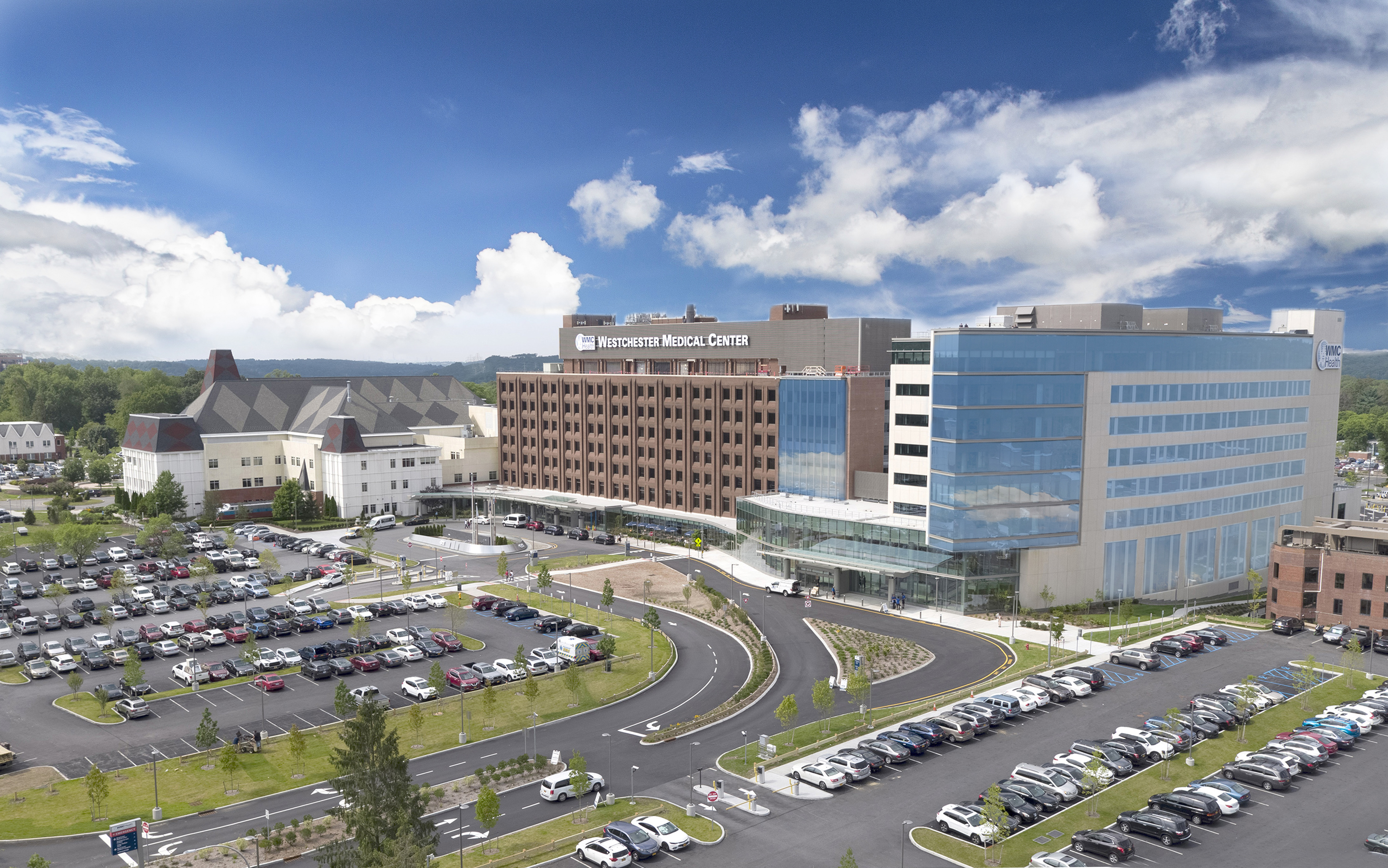
Westchester Medical Center Health’s Valhalla campus. (Courtesy of Westchester Medical Center)
While the county looks toward the weeks ahead to see if active cases will remain down, two factors could impact the number of county-wide infections: students back in classrooms and a resurgence of cooler weather in the fall and winter. “Last year, as the weather turned cooler, our schools went into session, and the holidays began, we saw an increase in the number of COVID cases that continued into March of 2021,” said Westchester County Health Commissioner Dr. Sherlita Amler. She added that Westchester saw an increase in cases before summer even ended, which has just recently stabilized. “We will keep an eye on the case counts going into the fall,” Sherlita Amler said. “This year, we have the advantage of having a large portion of our population vaccinated against COVID.”
Public school districts throughout the county are implementing various safety measures and protocols to ensure the safety of students, educators, and school personnel, including the under-12 population who cannot yet get vaccinated.
“Our three goals are you want to maximize in-person instruction, maximize the health and safety of all students and staff, and minimize the impact of quarantining,” Mary Fox-Alter, Superintendent of Pleasantville Schools, said. According to Fox-Alter, those goals are accomplished by universal masking for all students and staff regardless of vaccination status, enhanced ventilation, social distancing of between three and six feet, a daily health screening process, opt-in weekly surveillance testing, and contact tracing in combination with quarantining when required.
Based on new guidance from the Centers for Disease Control and Prevention, New York State Department of Health, and Westchester County Department of Health, students who are within three-plus feet of an infected positive case will not be required to quarantine if they were wearing a mask and do not develop symptoms. “That’s a big game-changer,” Fox-Alter said. “Because last year, regardless of the mask, regardless of vaccination status, people were quarantining.”
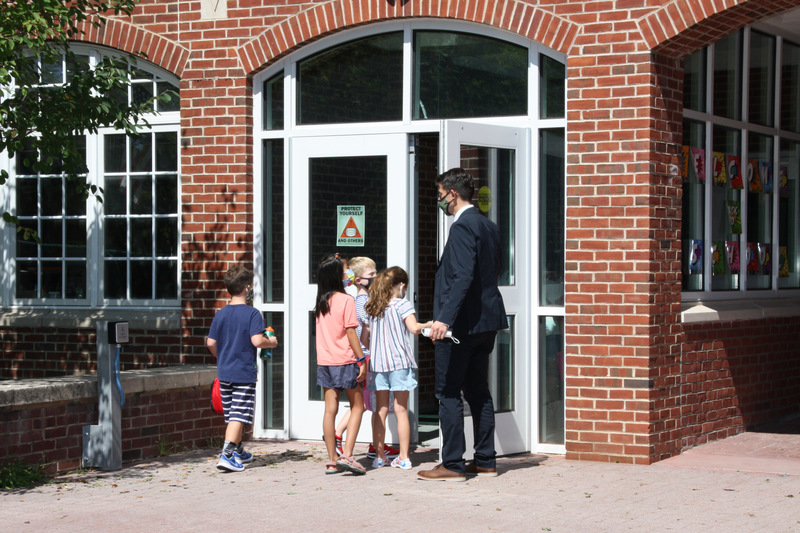
Pleasantville elementary schoolers wear their masks into school. (Courtesy Pleasantville School District)
Fox-Alter said that the role of universal masking would greatly diminish the number of students who need to be quarantined this year. She added that students are happy to be back to in-person instruction every day as opposed to remote or hybrid learning. “Last year, even during our hybrid days, we had a very high level of engagement with our students and our community,” Fox-Alter said. “However, everyone realized that it’s not the optimal environment for learning, and in-person was really the goal.”
A high vaccination rate among staff also helps to safeguard the students and personnel in the Pleasantville Schools, including the under-12 population. “The most important factor, by far, is the number of students and adults who get fully vaccinated,” Robert Amler said.
In White Plains, Superintendent of Schools Joseph Ricca said his district is approaching the opening of this academic year with the same health and safety standards that were in place last year, which includes a daily health screening for students and their families, masking, opt-in testing, social and physical distancing, and, in cases of an identified COVID-19 case, contact tracing and quarantining.
“Even more important than just getting regular testing is [students and their families] assessing their own personal health on a daily basis,” Ricca said, underscoring that a daily health screening is critical in helping school districts avoid COVID-19 coming into the classroom. “I think if we do focus there, couple that with testing, couple it with vaccination opportunity, couple it with all of your health safety standards in the buildings, all of those things help to diminish a potential spike in the numbers of illness,” Ricca said.
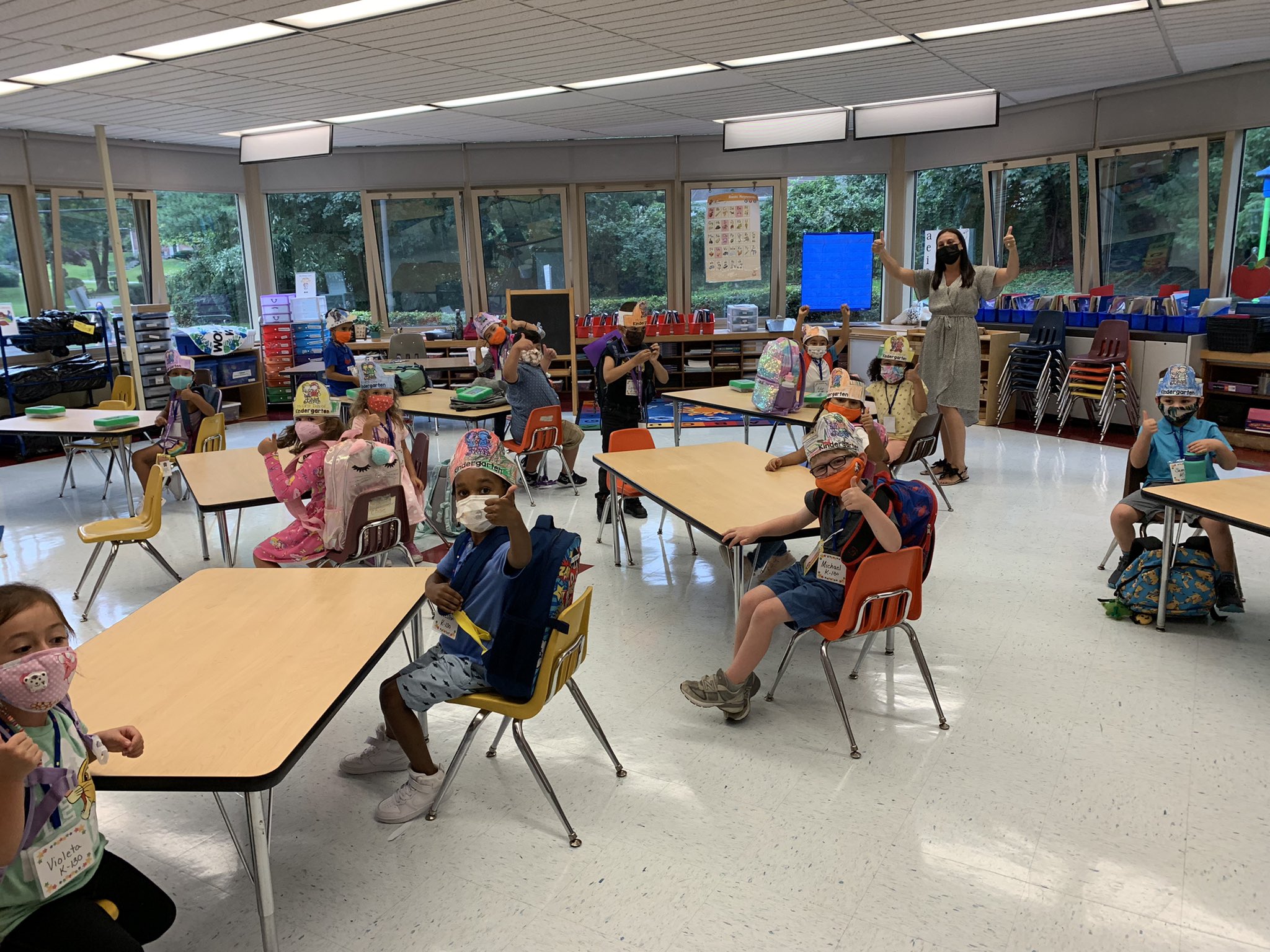
Students in their classroom at Church Street School. (Courtesy White Plains School District)
The feeling this year, regardless of variants, is to remain vigilant. “But we also understand that where we are today is way different than where we were in September of 2020,” Ricca said. “What we’re hoping is that we see a far more stable school environment than we did last year,” Ricca added, noting that potential disruptions still exist but hopefully to a lesser extent.
With a high percentage of employees and eligible students in the district vaccinated, Ricca said, this should also help diminish the infection rate in the White Plains school community. “The good news is that we are far removed from the time where you might see a total shutdown of an entire facility [due to] the advent of vaccination,” Ricca said. “So just in terms of prophylactic measures, [it’s] way different.”
Ricca echoed Fox-Alter’s sentiment in terms of the importance of in-person instruction. “I can tell you from personal experience as one of those parents who wasn’t home and wasn’t able to oversee their child’s educational progress, like so many of our parents and guardians here in White Plains, it was a challenge,” Ricca said. “So being back in person is exactly where we want to be with our children.”
Both school districts have the plans and technology in place should a classroom or entire school need to shift to virtual or hybrid learning due to an outbreak of COVID-19 infections. Should cases exceed a level where in-person instruction can continue safely, the New York State Education Department and New York State Department of Health, in concert with local school districts in Westchester, would determine when and how to transition to a hybrid or remote setting. “Our State Ed [Department], along with the Department of Health, works with the local boards of education to make sure that there’s not an overreaction, but the appropriate reaction for whatever the situation is,” New York State Senate Majority Leader Andrea Stewart-Cousins (D-35) said. “It’s really important to know that we all take this very, very seriously. But we are also all very interested in, to the extent possible, making sure that our kids are able to be back in schools because that is where the maximum learning takes place.”
Activities and programming are beginning to return to a new sense of normalcy in assisted living facilities — previously a hotbed for COVID-19 infections and outbreaks. The Osborn, a senior living community in Rye, has seen minimal COVID-19 cases due to the Delta variant, mainly due to high vaccination rates among staff and residents. “To date, 99.5 percent of staff and residents are fully vaccinated,” Matthew Anderson, President and CEO of The Osborn, said. “Since we were very proactive about vaccinations, we have had only a few cases (all breakthrough cases) among residents and personnel at The Osborn since the onset and rise of the Delta variant.”
The Osborn has taken advantage of the spaciousness its 56-acre campus affords, holding many events like nature walks, concerts, and barbecues outdoors to keep its residents engaged and active, Anderson said. And due to the high vaccination rate, The Osborn has reopened its fitness and dining areas and restarted many indoor activities following recommended safety guidelines.
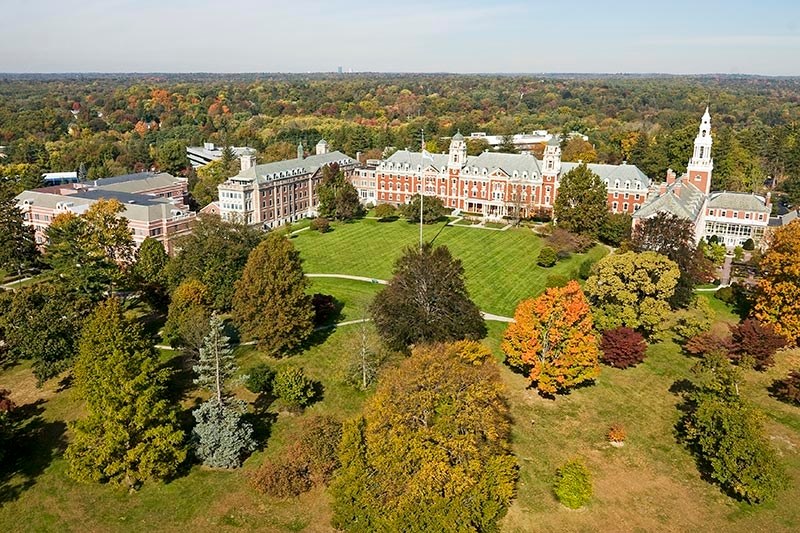
The Osborn’s spacious 56-acre campus in Rye helps facilitate social distancing.
Since the Osborn enjoys a nearly 100 percent vaccination rate among both its staff and residents, it has not seen many Delta variant cases. Nevertheless, Anderson said they consistently monitor local, regional, state, and national data for early signs of possible upticks in COVID-19 cases. “Based on this data, we continually assess and make changes to our programs and operations,” Anderson said.
Latimer underscored that if the numbers of active COVID-19 cases, hospitalizations, and fatalities all continue to drop throughout the county in the coming days, that will be a positive indication of a sustained downward trend in Westchester. However, he warned the public against assuming the virus is behind us.
“The numbers are encouraging, but we’re not out of the woods yet.”
Bailey Hosfelt is a full-time Reporter at Examiner Media, covering LGBTQ+ issues, climate change, the environment, and more. You can follow Bailey on Twitter at @baileyhosfelt.

Examiner Media – Keeping you informed with professionally-reported local news, features, and sports coverage.
